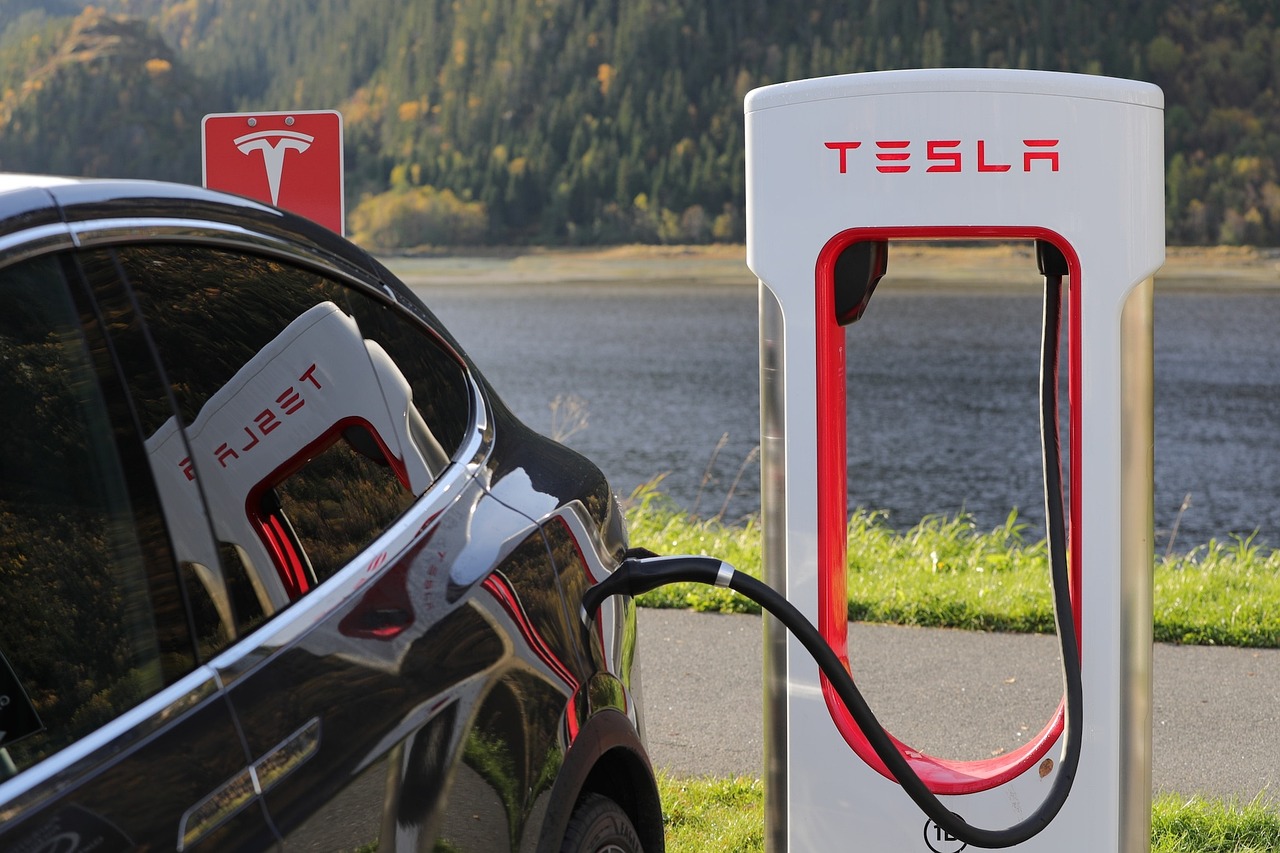Amidst cries of protest from recent customers, Tesla announced a 20% price reduction this week across its model range. Great news for potential new customers. Great news for governments trying to encourage their citizens to “go green” and achieve net zero targets. Bad news for those of us that have recently bought a Tesla. So why have Tesla decided to annoy so many customers?

Last year Tesla sold more cars than in any previous year: 1.3 million up from 0.94 million the year before. Unfortunately this was well below expectations. The price reduction has been instigated in an attempt to boost sales. Undoubtedly, sales will increase from such as large reduction, but the bigger question is whether profits will suffer as a result. In order for Tesla to make more money (i.e. profit) on this endeavour they will have to increase sales by 154%. That means, just to stand still they will have to sell over 2 million cars in 2023 and achieve revenues around $100 billion.
There’s a considerable risk to decreasing prices – it can require a disproportionate increase in sales just to stand still. When Tesco instigated a price reduction across their range in 2014 and again in 2016, in response to increasing competition from Aldi and Lidl, they made a lot less money because their sales volume didn’t increase enough. They started to turn things around, after a change of CEO, by implementing a massive cost-reduction exercise to improve margins.
Decreasing prices is not always a poor strategy, of course. When Ryanair reduced its prices to compete against other budget airlines, it’s sales soared. The company’s low prices helped it to attract a new market of budget-conscious travellers. In contrast to Tesco, Ryanair was able to maintain its profit margins by reducing costs in other areas, such as eliminating free in-flight meals and implementing extra charges for baggage. The simultaneous cost reduction and price reduction was the key to success. As a result of this strategy, Ryanair’s revenue and passenger numbers increased significantly, and, as we know, the company became one of the most successful low-cost airlines in Europe.

Fortunately for Tesla, they already have one of the highest gross profit margins in the automotive industry and strong cashflows. Arguably, they can afford to lose some margin in their bid for additional sales. Only time will tell if they can sell over 2 million cars in 2023.
It’s plain to see from just these few examples that even highly paid executives can get it wrong when it comes to pricing decisions. It helps to be able to consider all the angles before making a decision like this. The drive to increase customer numbers is just one consideration. To get a balanced view, the financial consequences must be considered too. Fortunately, the impact of a price reduction on required sales, break even, profit margin, cashflow can be determined with relatively straight forward calculations. You don’t need an MBA and a full business plan to figure it out. A collection of online calculators to do the job can be found here.
